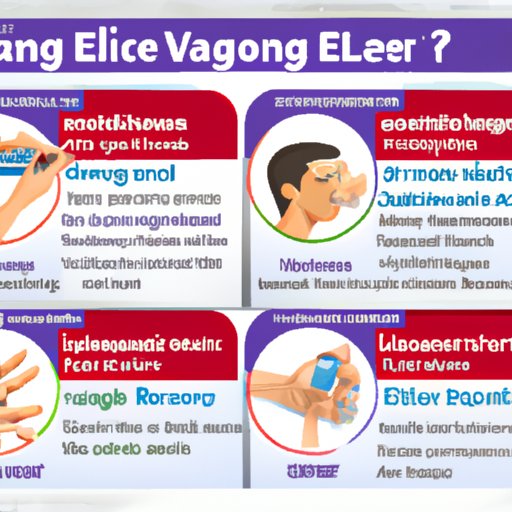Introduction
An engagement ring is often one of the most significant investments you will make in your lifetime. It’s only natural to want to protect it in case of theft or damage. That’s where insurance comes in. Insuring your engagement ring can help you rest easy knowing that if something happens to it, you will be able to replace it without breaking the bank.
This article will explore how to insure your engagement ring. We’ll cover the different types of insurance available, factors to consider when comparing policies, questions to ask the insurer, customer reviews, and extra riders to enhance coverage. By the end of this article, you’ll have all the information you need to make an informed decision about insuring your engagement ring.
Researching Types of Insurance for Engagement Rings
First, it’s important to understand the different types of insurance available for your engagement ring. The two most common types are homeowners insurance and jewelry insurance. Homeowners insurance usually covers items like furniture, electronics, and other personal items. Jewelry insurance is specifically designed to cover valuable items like an engagement ring.
It’s also important to note that there may be some special considerations when it comes to insuring an engagement ring. For example, some insurers may require an appraisal or documentation of the ring before they will provide coverage. This is to ensure that the ring is adequately covered in the event of a claim.

Understanding Coverage and Limitations of Each Type of Insurance
Once you’ve decided which type of insurance is best for your needs, it’s time to look at the coverage and limitations of each policy. Most policies will include coverage for theft, loss, and damage. However, some policies may have different coverage limits or exclusions that should be taken into account. Make sure you read the fine print carefully so you know exactly what is and isn’t covered.
It’s also important to note that some policies may have a deductible that must be paid before any coverage kicks in. This means that if you make a claim, you may have to pay the deductible out of pocket before the insurer pays out on the claim.

Comparing Prices and Policies to Find the Best Fit
Once you’ve narrowed down your options, it’s time to compare prices and policies to find the best fit for your needs. There are several factors to consider when comparing policies, such as coverage limits, exclusions, deductibles, and customer service. Make sure you understand all the details of each policy before making a decision.
It’s also important to compare prices to make sure you’re getting the best deal. Many insurers offer discounts for bundling multiple policies or for having a good credit score. Make sure to take advantage of these discounts if they are available.
Contacting the Insurer to Discuss Questions or Concerns
Once you’ve chosen a policy, it’s a good idea to contact the insurer to discuss any questions or concerns you may have. Make sure to ask about coverage limits, exclusions, and deductibles. Also, ask about their claims process and whether there are any additional fees or charges associated with filing a claim.
It’s also a good idea to find out what the turnaround time is for filing a claim. Some insurers may be able to process claims quickly while others may take longer. Knowing this information ahead of time can help you plan for any potential delays.

Reading Customer Reviews and Ratings
Another important step in the process is to read customer reviews and ratings. This can give you a better understanding of how the insurer handles claims and customer service. Make sure to look for reviews from customers who have filed claims to get an accurate picture of their experience.
You can usually find customer reviews and ratings on the insurer’s website or on third-party review sites. Make sure to read through the reviews carefully to get an accurate picture of the insurer’s performance.
Adding Extra Riders to Enhance Coverage
Finally, you may want to consider adding extra riders to enhance your coverage. Riders are additional coverage options that can be added to a policy to provide additional protection. Common riders include coverage for accidental loss or damage, coverage for lost stones, and coverage for mysterious disappearance.
Riders can be expensive, so make sure to weigh the cost of the rider against the value of the additional coverage. If you decide to add a rider, make sure to read the fine print to understand the coverage limits and exclusions.

Documenting Value of the Ring
It’s also important to document the value of the ring. This is especially important if you plan to make a claim. Most insurers will require an appraisal or other documentation of the ring’s value before they will provide coverage. Keep these documents in a safe place in case you need to make a claim.
It’s also a good idea to keep receipts and other paperwork related to the purchase of the ring. This can help you prove the value of the ring if you ever need to make a claim.
Conclusion
Insuring your engagement ring is a smart way to protect your investment. Understanding the different types of insurance available, coverage and limitations, price comparison, customer reviews, and extra riders to enhance coverage can help you make an informed decision about insuring your engagement ring.


